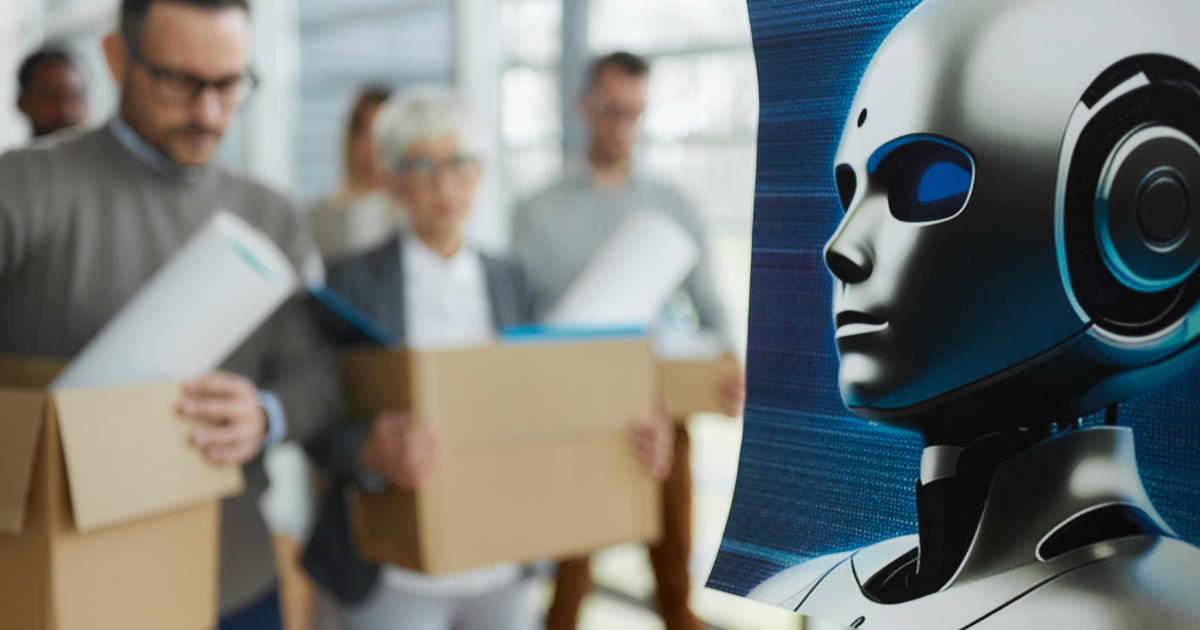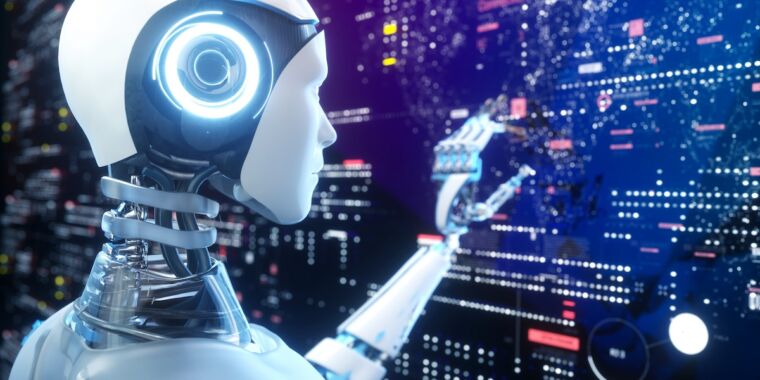Tech companies are heavily investing in artificial intelligence (AI), leading to workforce implications for some employees.
SAP, the German software giant, recently announced a $2 billion investment in AI integration as part of its “transformation program,” resulting in the restructuring of 8,000 tasks. While job losses may occur, affected individuals will receive training to adapt to AI technologies. SAP plans to maintain its current employee count by the year-end.
This trend is not unique to SAP. Many major tech firms have embraced AI within a short span following the availability of tools like ChatGPT. Job cuts often accompany such technological advancements.
Mark Muro of the Brookings Institution emphasizes monitoring companies’ actions regarding AI’s impact on employment. He predicts a significant shift towards AI in programming and engineering roles.
Google, under Alphabet’s umbrella, recently laid off thousands of advertising sales staff, citing the transformative impact of AI. Similarly, Microsoft is reducing its workforce while investing in OpenAI’s ChatGPT. Duolingo, a language learning platform, acknowledged a 10% reduction in staff, partly attributed to increased AI utilization.
Despite these developments, Oded Netzer from Columbia University advises against directly correlating AI investments with layoffs. He suggests that companies are reallocating resources to AI-driven roles, focusing on growth areas while streamlining less critical functions.
While AI adoption may lead to job restructuring, it does not necessarily equate to complete workforce replacement. Economist Cory Stahle highlights that AI tools currently lack the sophistication to entirely replace human workers, requiring human oversight for optimal performance.
The recent layoffs in tech companies may reflect a broader trend of recalibration post-pandemic hiring booms, rather than a wholesale shift towards AI-driven redundancies. Stahle notes that widespread job cuts attributable to AI have not materialized yet, indicating a more nuanced relationship between AI adoption and workforce dynamics.






